- Home
- Katherine Paterson
Bread and Roses, Too Page 19
Bread and Roses, Too Read online
Page 19
There is considerable debate about the term "Bread and Roses," as applied to the 1912 strike. Folklore has it that there was a photograph of marchers taken during the strike that showed a placard reading, variously, "We want bread and roses, too" or "Give us bread, Give us roses" or "We want bread and we want roses, too." The actual photograph has never surfaced. Whether the Italian slogan "Pane e Rose," was used by the Italian strikers in Lawrence is, at best, unsure. Nor do we know the date when Giovanitti wrote the Italian poem "Pan' e Rose." The English poem "Bread and Roses" was not inspired by the strike, according to its author, James Oppenheim, but as it was set to music not long afterward, the song has generally been associated with the Lawrence strike. By making Mamma and Rosa responsible for the legendary slogan and making it part of this story, I have obviously placed the incident in the realm of fiction rather than verifiable fact.
* * *
Acknowledgments
I am particularly indebted to Dr. Richard F. Ciccarelli of Lawrence, Massachusetts, and Karen Lane of Barre, Vermont, for reading the manuscript and making helpful suggestions and corrections, though any errors that remain are my own. Dr. Ciccarelli's father, like many young mill workers, was the son of Italian immigrants. He went to work with falsified papers at the age of eleven, got his education in night school extension courses, and became a pharmacist. Ms. Lane is the director of the Aldrich Public Library in Barre and cheerfully gathered together many sources for me. A student of Barre history, she has been instrumental in the restoration of the Socialist Labor Hall in Barre that appears in the novel and is now designated by the National Park Service as a National Historic Landmark. She also introduced me to Giuliano Cecchinelli, who came as a seventeen-year-old from Carrara, Italy, to the marble works in Proctor, Vermont, and migrated north to Barre to carve granite. Mr. Cecchinelli has been called the "last of the Italians," and, indeed, as he showed Karen and me around the granite shed where he is the chief sculptor, I felt as though he could have stepped out of the pages of this book.
I would also like to thank Russell Belding who is laboriously assembling every mention of the Socialist Labor Hall from The Barre Daily Times, The Montpelier Evening Argus, and other periodicals of the era, and whose knowledge of Main Street and the Barre city schools during this period I drew upon. Thanks, too, to Jim Beauchesne at the Lawrence Heritage State Park, who pointed me toward many helpful sources, including the rousing documentary film "Collective Voices: The Bread and Roses Strike" and a number of helpful booklets published by the Immigrant City Archives in Lawrence. Also, thanks are due to David Malone for tracking down facts about Italian immigration to Lawrence and to Jim Armstrong for his careful copyediting of the manuscript.
Among the books that I depended on are: Donald B. Cole, Immigrant City: Lawrence, Massachusetts, 1845–1921 (Chapel Hill: University of North Carolina Press, 1991); Ardis Cameron, Radicals of the Worst Sort: Laboring Women in Lawrence, Massachusetts, 1860–1912 (Urbana: University of Illinois Press, 1995); William Moran, The Belles of New England: The Women of the Textile Mills and the Families Whose Wealth They Wove (New York: Thomas Dunne Books, St. Martin's Press, 2002); Rebel Voices: An IWW Anthology, edited, with introductions, by Joyce L. Kornbluh (Chicago: Charles W. Kerr Publishing Company, 1998); William Cahn, Lawrence 1912: The Bread and Roses Strike (New York: The Pilgrim Press, 1977); Dorothy and Thomas Hoobler, The Italian American Family Album (New York: Oxford University Press, 1994); Fred E. Beal, Proletarian Journey: New England, Gastonia, Moscow (New York: Da Capo Press, 1971); Elizabeth Gurley Flynn, The Rebel Girl: An Autobiography (New York: International Publishers, 1973); Mari Tomasi, Like Lesser Gods (Shelburne, Vt.: New England Press, 1988); Mari Tomasi and Roaldus Richmond, writers and interviewers, and Alfred Rosa and Mark Wanner, editors, Men Against Granite (Shelburne, Vt.: New England Press, 2004); Rod Clarke, Carved in Stone: A History of the Barre Granite Industry (Barre, Vt.: The Rock of Ages Corporation, 1989).
I hope this book honors in part the debt I owe to my editor of thirty-five years, Virginia Buckley, whose parents were Italian immigrants. Her father, in time, earned a Ph.D. and became a professor of romance languages at The City College of New York, and her mother was a Phi Beta Kappa graduate of Hunter College in New York.
And, as always, this book would never have been finished without the support of my longtime and long-suffering husband, John Paterson.
* * *

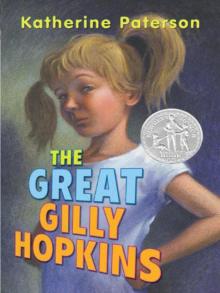 The Great Gilly Hopkins
The Great Gilly Hopkins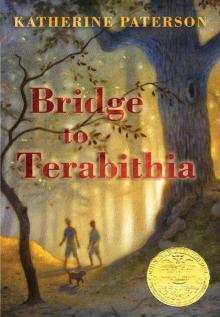 Bridge to Terabithia
Bridge to Terabithia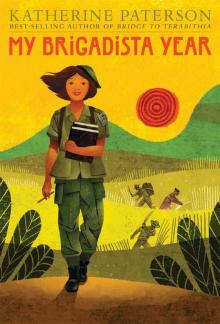 My Brigadista Year
My Brigadista Year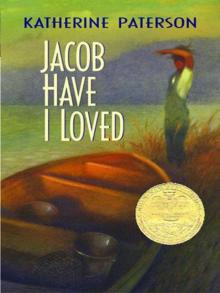 Jacob Have I Loved
Jacob Have I Loved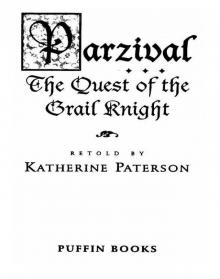 Parzival: The Quest of the Grail Knight
Parzival: The Quest of the Grail Knight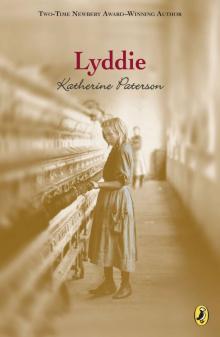 Lyddie
Lyddie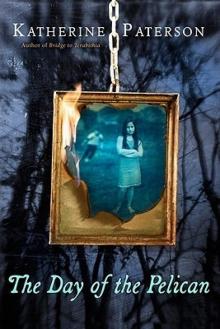 The Day of the Pelican
The Day of the Pelican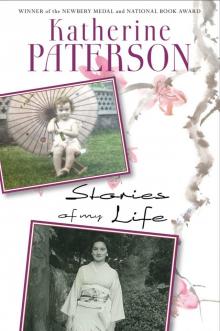 Stories of My Life
Stories of My Life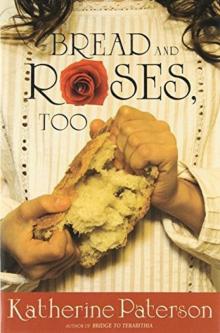 Bread and Roses, Too
Bread and Roses, Too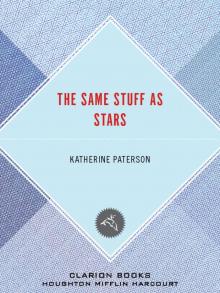 The Same Stuff as Stars
The Same Stuff as Stars